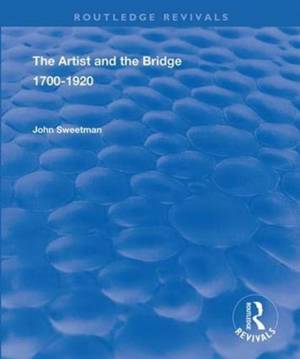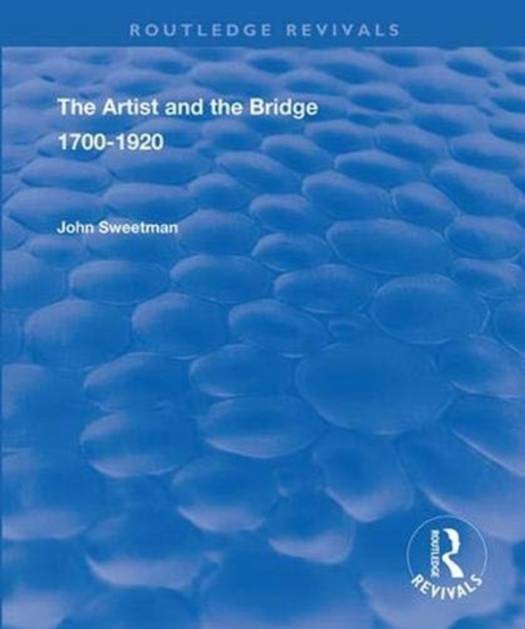
- Retrait gratuit dans votre magasin Club
- 7.000.000 titres dans notre catalogue
- Payer en toute sécurité
- Toujours un magasin près de chez vous
- Retrait gratuit dans votre magasin Club
- 7.000.0000 titres dans notre catalogue
- Payer en toute sécurité
- Toujours un magasin près de chez vous
Description
First published in 1999, this book explores how, from the stone bridges of neoclassicism which soar out of wild woods to span pastoral valleys to the post-1750 engineer's bridge with its links to the more industrial landscape, the bridge was a popular feature in painting throughout the period 1700-1920. Why did so many artists choose to portray bridges? In this lavishly illustrated and intriguing book, John Sweetman seeks to answer this question. He traces the history of the bridge in painting and printmaking through a vast range of work, some as familiar as William Etty's The Bridge of Sighs and Claude Monet's The Railway Bridge at Argenteuil and others less well known such as Wassily Kandinsky's Composition IV and C.R.W. Nevinson's Looking Through the Brooklyn Bridge. Distinctive characteristics emerge revealing the complex role of the bridge as both symbol and metaphor, and as a place of vantage, meeting and separation.
Spécifications
Parties prenantes
- Auteur(s) :
- Editeur:
Contenu
- Nombre de pages :
- 208
- Langue:
- Anglais
- Collection :
Caractéristiques
- EAN:
- 9781138341548
- Date de parution :
- 07-12-20
- Format:
- Livre broché
- Format numérique:
- Trade paperback (VS)
- Dimensions :
- 218 mm x 259 mm
- Poids :
- 539 g

Les avis
Nous publions uniquement les avis qui respectent les conditions requises. Consultez nos conditions pour les avis.






